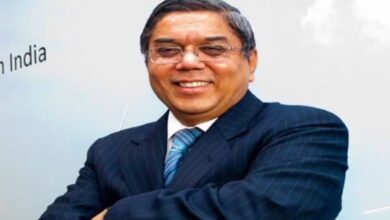Opportunities in the Indian students education loan industry
Most private banks now lend only to students enrolling in the partnered universities including Indian Institute of Technology (IITs), Indian Institute of Management (IIMs) and National Institute of Technology (NITs). In spite of that, a large chunk of education loans are provided by state-owned entities. Over 90% of education loans are provided by public-sector entities in India, according to the Reserve Bank of India data.
This may also be due to the lower interest rates offered by the public sector undertakings. The State Bank of India (SBI) offers upto ₹4 million loan, which is valid for a year after the completion of the course. The interest rate applicable on the loan ranges from 8.6% to 10.7% per annum. Others like Punjab National Bank (PNB) and Andhra Bank have no cap on the loan amount, with interest rates varying from 8.4% to 11.5%.
While the private entities — HDFC Credila and South Indian Bank — offer slightly higher interest rate on education loans. HDFC Credila’s interest rates stand at over 12.55% on loans above ₹100,000. The South Indian Bank has interest rates between 9% to 16% on education loans. For most PSUs and private banks, there is no collateral (security or marginal requirement value) up to ₹400,000 loan amount.
However, banks do require a collateral security of up to 5% for the loans exceeding the given amount. Drop in Loans In the larger picture, the education loan market witnessed a 25% drop in the last four years — with only 250,000 students availing education loan as of March 2019.
This is due to the increased defaults in this sector, adding to Non-Performing Assets (NPA) of banks. Indian banks saw a rise in education loan defaults, with the number of bad loans in education increasing from 7.3% to 9% in 2014, according to Indian Banks Association. The Indian government is now stepping up its efforts to address challenges in the education sector. The expenditure on education has reportedly increased from 3.8% of GDP in 2014 to 4.6% in 2018, according to Prakash Javedekar, Union Human Resource Minister.
This also provides an opportunity for private players in the market like Prodigy Finance to step in and fill in the necessary hole of partnering with colleges that aren’t partnering with the select few banks, and also for the students who would need a loan to study abroad.
According to the Indian Ministry of External Affairs, nearly 753,000 students were abroad as of July, 2018, and in terms of year-on-year growth, India has surpassed China in terms of the number of students who want to pursue their education outside their home country.
These students are classified into two groups: Value Maximisers, who would be students from middle class families and will need to seek financial support and would most likely seek a STEM degree, and Experience Seekers, coming from upper-middle and affluent families, and would be willing to opt for other courses, and wouldn’t need any financial assistance.
The Value Maximisers would be the demographic to capture for the private loan providers, and with the current growth trends in terms of the number of students, would be an exciting space to look into.




